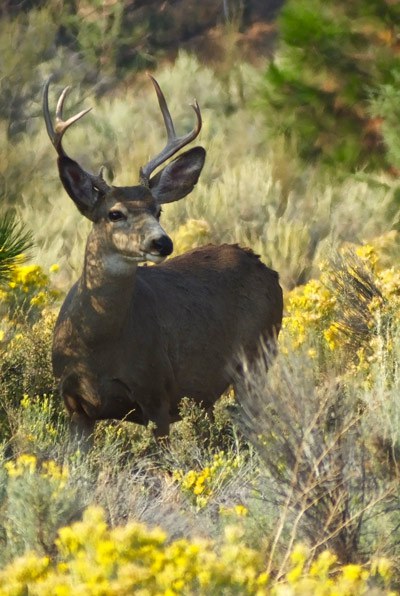As summer wildflowers fade away, an abundance of yellow begins to appear in the Central Oregon desert. It’s time for rabbitbrush to shine.
Rabbitbrush can thrive in poor conditions, enjoying dry soils and little precipitation. Because it grows in disturbed soils like many invasive plants, its presence might actually help reduce the severity of a weed invasion, using its deep roots and large amounts of leaf litter to outcompete invasive weeds, while also helping to stabilize the soil around it.
Interesting facts about rabbitbrush:
- It is an important pollen source for insects, including butterflies, late in the summer after other pollen sources have faded.
- Native Americans across the American West have used it to make a yellow dye, as medicinal tea, and for chewing gum.
- During World War II, it was studied as an alternative rubber source.
- Rabbitbrush can live up to 20 years.
Other Plant Profiles:
Resources:


